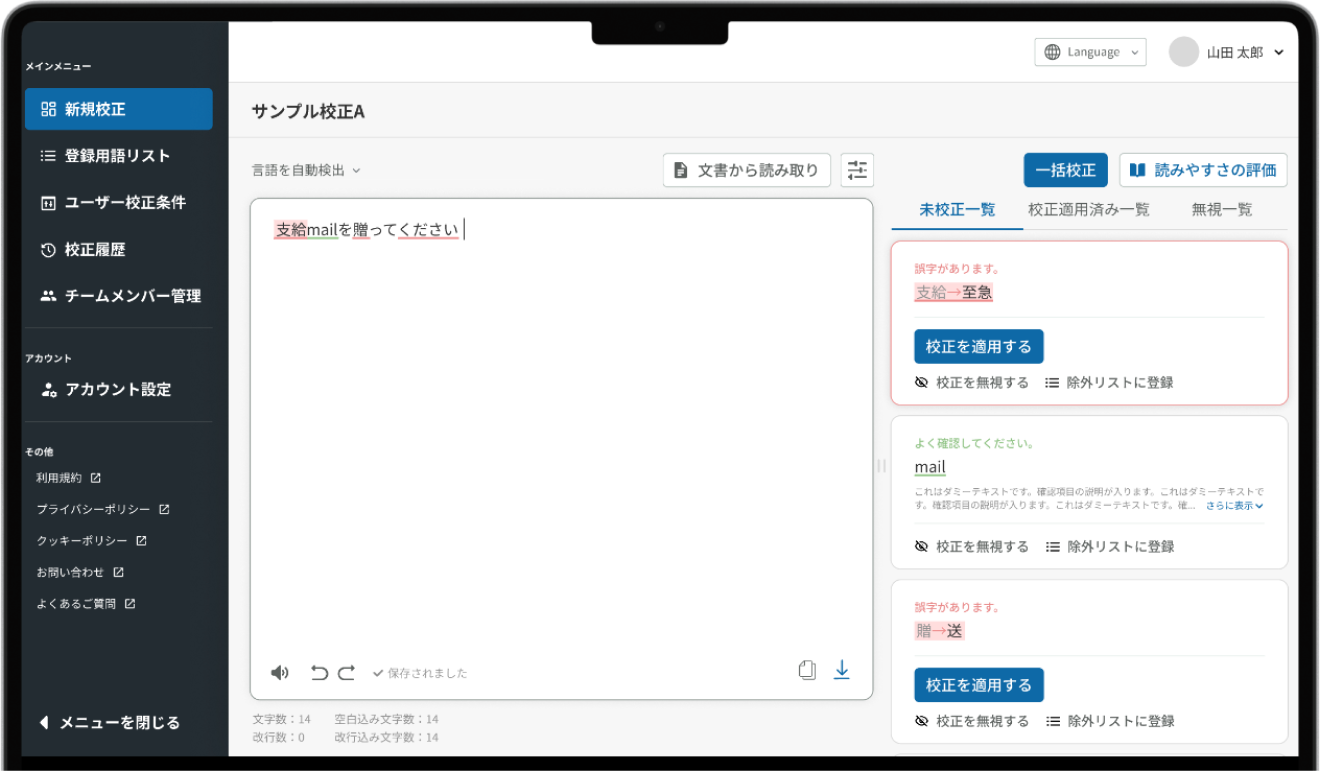Master “ga,” “wo,” “ni,” “e,” and “de” to Build Natural Japanese Sentences
Introduction
When studying Japanese, particles are one of the most essential elements to grasp. Among them, case particles play a key role in shaping the structure of sentences—such as identifying who is doing what, and where or to where something is happening. Many learners struggle with subtle distinctions, like the difference between “ni” and “e,” which can seem similar at first glance.
In this article, we’ll cover the basic functions of case particles, how they relate to sentence structure, and practical tips and common points of confusion when using them. We hope this helps guide your Japanese studies.
1. What Are Case Particles and How Are They Used in Sentences?
1-1. What Are Case Particles?
Case particles (格助詞 kaku-joshi) typically follow nouns and indicate what role those nouns play in a sentence. They function similarly to English prepositions like “to,” “at,” or “with,” but appear after the noun in Japanese.
For example:
- “が (ga)”: Marks the subject (e.g., X ga suru, X ga aru)
- “を (wo)”: Marks the direct object (e.g., X wo taberu, X wo suru)
- “に (ni)”: Marks location, time, target, or indirect object (e.g., ni iku, ni au)
- “へ (e)”: Indicates direction (e.g., e kaeru, e iku)
- “で (de)”: Indicates place of action or means (e.g., de taberu, de iku)
1-2. Sentence Patterns and the Role of Case Particles
Here are some common Japanese sentence structures and how case particles are used:
1. S (subject) + が + V (verb)
- Example: 私が行く。 (Watashi ga iku / I go.)
- The subject is marked with “が (ga).”
2. S + が + O (object) + を + V
- Example: 私がりんごを食べる。 (Watashi ga ringo wo taberu / I eat an apple.)
- The direct object is marked with “を (wo).”
3. S + が + Location + に/へ + Motion verb
- Example: 私が学校に行く / 学校へ行く。 (I go to school.)
- Both “に” and “へ” indicate destination or direction.
4. S + が + Location + で + Action verb
- Example: 私が公園で走る。 (I run in the park.)
- “で” marks the place where the action occurs.
When you’re just starting out, it’s important to consider what kind of verb is being used (motion vs. action) and what role each noun is playing in the sentence.
2. Choosing the Right Case Particle Based on Meaning
2-1. How to Use “が (ga)”
- Marking the subject
Example: 猫が鳴いている。 (The cat is meowing.)
While “猫は” and “猫が” can have slightly different nuances, here “猫が” simply identifies the subject performing the action. - Subjects in existence or state sentences
Example: ここに大きな木がある。 (There is a big tree here.)
In sentences with verbs like “aru” or “iru,” “が” is still used to mark the subject.
2-2. How to Use “を (wo)”
- Direct objects
Example: 私は水を飲む。 (I drink water.)
“を” marks what the verb is acting on. - Routes or paths
Example: 道を歩く。 (Walk along the road.)
Although “道 (michi)” is a location noun, “を” marks it as the path of motion, not an object.
Other examples: 公園を通る (go through the park), 橋を渡る (cross the bridge).
2-3. “に (ni)” vs. “へ (e)”
- “に” indicates destinations, targets, time, and indirect objects:
- 目的地: 学校に行く (go to school)
- 時間: 3時に会いましょう (let’s meet at 3 o’clock)
- 相手や対象: 先生に聞く (ask the teacher)
- “へ” emphasizes direction:
- アメリカへ行く (go toward America)
- 右へ曲がる (turn right)
While both “に” and “へ” are often interchangeable in daily conversation (e.g., 学校に行く vs. 学校へ行く), “へ” can sometimes sound slightly more formal or literary, emphasizing the sense of “toward” rather than the destination itself.
2-4. How to Use “で (de)”
- Place of action
Example: 公園で遊ぶ。 (Play in the park)
The action takes place at the location marked by “で.” - Means or tools
Example: はしでご飯を食べる。/ バスで行く。
(Eat with chopsticks / Go by bus)
“で” also marks tools, methods, or transportation.
3. Key Tips for Distinguishing Common Particles
3-1. “が” vs. “は”
- “が”: Indicates the subject clearly and often introduces new information.
- 犬が吠えている。 (A dog is barking — this is new information)
- “は”: Presents a topic, assuming shared knowledge.
- 犬はかわいいですね。 (Dogs are cute, right? — a shared topic)
In many cases, both “が” and “は” can be grammatically correct, but the nuance will differ. Repeated exposure through reading and conversation will help you naturally pick up on these subtle differences.
3-2. “で” vs. “に”
- “で”: Describes the location of an action or the means used
- 教室で勉強する (study in the classroom)
- 自転車で行く (go by bicycle)
- “に”: Indicates destination, existence, or position
- 教室に入る (enter the classroom)
- 机に本がある (there is a book on the desk)
Even if the same noun appears (like “教室”), the verb you’re using determines whether you use “で” or “に.”
Summary: Tips for Using Case Particles Effectively
1. Understand the type of verb being used
Whether it’s an action verb, motion verb, or a verb indicating existence will affect which particle you use.
2. Consider the role of the noun
Is it a subject, object, location, or recipient? Clarifying this helps you choose the correct particle.
3. Be aware of subtle differences in nuance
Distinctions like “に” vs. “へ” or “が” vs. “は” often depend on context. Regular practice will help you internalize them.
Study Tips
- Read and write plenty of example sentences
Try creating your own example sentences and say them out loud. You’ll develop a natural sense of what sounds right. - Study real Japanese content
Analyze how particles are used in things like news articles, TV dramas, or social media posts. - Use AI proofreading tools
Submitting your writing to AI-based checkers can help you spot mistakes early and reinforce correct usage.
Mastering case particles might feel confusing at first, but once you build the habit of thinking about sentence structure, verb type, and noun role, you’ll begin to get the hang of it. Keep applying what you learn, and your Japanese will steadily improve.


